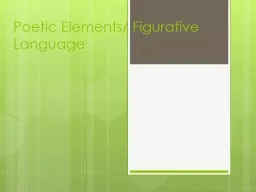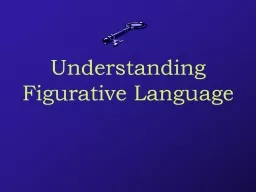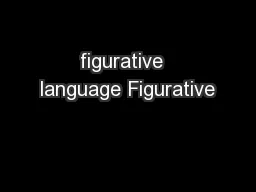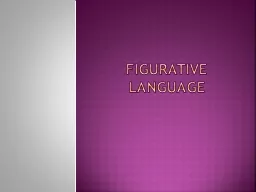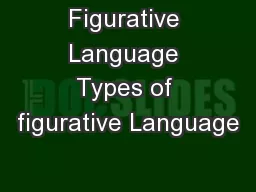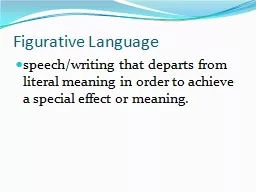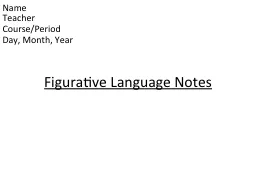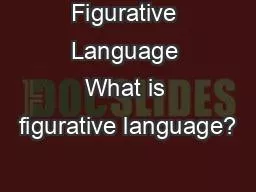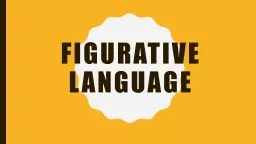PPT-Figurative Language Today’s Learning Goal is to talk about
Author : nersonvisa | Published Date : 2020-08-29
Idiom An idiom is a saying that has a meaning thats different than the literal meaning of the phrase Idiom examples Sick as a dog Get cold feet In the same boat
Presentation Embed Code
Download Presentation
Download Presentation The PPT/PDF document "Figurative Language Today’s Learning G..." is the property of its rightful owner. Permission is granted to download and print the materials on this website for personal, non-commercial use only, and to display it on your personal computer provided you do not modify the materials and that you retain all copyright notices contained in the materials. By downloading content from our website, you accept the terms of this agreement.
Figurative Language Today’s Learning Goal is to talk about: Transcript
Download Rules Of Document
"Figurative Language Today’s Learning Goal is to talk about"The content belongs to its owner. You may download and print it for personal use, without modification, and keep all copyright notices. By downloading, you agree to these terms.
Related Documents


